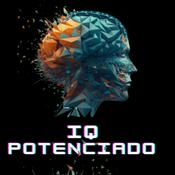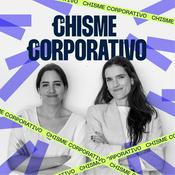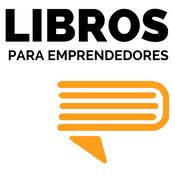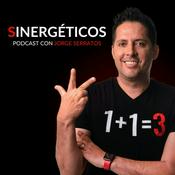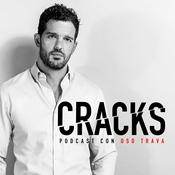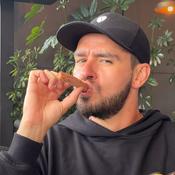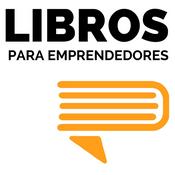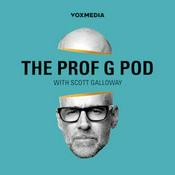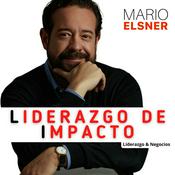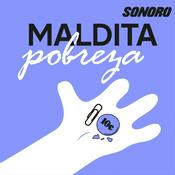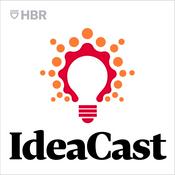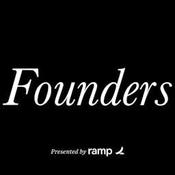30 episodios

Section 1 Wrap-up
09/6/2021 | 8 min
Thirty weeks and 29 articles/podcasts ago I started this series on LinkedIn. The objective of the weekly series was to provide you with ideas, thoughts, best practices, and real-world examples of transformational actions that will help you achieve meaningful improvements and take your business to the next level. These actions were intended to be building blocks to utilize to construct a unique, holistic business system that would support the culture you and your team were working to create and fit the vision and strategy of your business. Alternately, the building blocks could be used to make incremental improvements to your existing business and strategy.Hopefully you found useful, actionable information from many, if not all of the podcasts in the series. Ultimately, effective Business Transformation comes down to Leadership by you and your team. It is incumbent upon you and your team to establish the culture and strategy of the business. Ensure your team has the right players and appropriate tools to execute the strategy and produce results. The Leadership team needs to "walk the talk" and lead the transformation by their actions.

TPM (Total Productive Maintenance)
02/6/2021 | 11 min
Total Productive Maintenance or TPM is a process designed to maximize the effectiveness of the company’s equipment through its entire life-cycle. It requires the commitment and discipline of the entire organization to be successful. Success is: zero accidents, zero unplanned failures, and zero product defects.Tom Harada, who spent 35 years with Toyota in various leadership positions, summarized the importance of TPM in an interview with Art Smalley (Art of Lean Website); “Equipment maintenance is one of the hidden strengths of Toyota but it does not get a lot of attention. However, try to run a pull system or achieve standardized work if the machine is breaking down and kicking out bad parts all day long…you won’t get very far.”Implementation of TPM is built around a cross-functional team consisting of resources from production, maintenance, and engineering. This team works together to understand the products, processes, and equipment and ensure the equipment is kept in good running order.

3P (Production Preparation Process)
26/5/2021 | 9 min
The Production Preparation Process or 3P is the process of developing an integrated product and production system that will meet the requirements of product design quality at the necessary production volume at the target cost by the target date. Unlike kaizens which are generally aimed at improving existing processes, a 3P event is essentially starting with a clean sheet of paper and utilizing lean principles from the inception of the project. Note that 3P can also be focused on just a process or product design but is more powerful when the 3P event couples the product and process from the start.The 3P team members link the process hardware e.g., fixtures, materials, equipment, tooling, and tools to the process software e.g., material flow, information flow, standard work, and inspection, to provide an effective production system. The team incorporates lean concepts such as one-piece flow, Takt time, Poka-Yoke (mistake-proofing), Chaku-Chaku (Load-Load), auto-eject, ergonomics, quick-changeover, pull systems, TPM (Total Productive Maintenance), and avoidance of monuments. 3P can provide a sustainable, competitive advantage through a differentiated product design coupled with a differentiated production process. While competitors can buy a product and reverse engineer it to close a differentiation gap, it is much more difficult to reverse engineer the process that produced the product since it is hidden away in the company’s facility and production processes.The 3P process should be used when:● A new product is being developed● An existing product is undergoing a significant re-design● There is a significant uptick in demand● A new plant is being built● There are significant barriers in the existing product process that are limiting the company’s ability to meet customer demand effectively and profitably● There is a need to create additional space in a facilityThe 3P process should address Safety, Quality, Delivery (lead time intro to market date as well as lead time for serial production delivery to customers), Cost (product expense, capex, and working capital), and Growth.

5S
19/5/2021 | 11 min
Structure, organization, and discipline are important characteristics to operate any business successfully. The 5S methodology is about having a designated place for every necessary item and ensuring that each item is in its proper place. It is about being organized. This approach ensures that the work-space is conducive to effectiveness and efficiency.A good 5S environment will:● Improve Safety by reducing OSHA recordable incidents and injuries● Improve Quality by eliminating defects due to the use of improper tools or non-compliant materials and eliminating FOD (Foreign Object Debris) or contamination● Improve Delivery by improving Safety and Quality and eliminating the need to look for the appropriate tools or materials● Improve Cost by improving Safety and Quality while also improving productivity of operators through the elimination of searching for tools or materials and improving machine up-time through periodic inspection, maintenance, and cleaning.While 5S can be applied as a stand-alone tool, its real power is as part of all the lean tools e.g., standard work, SMED, Kanban, TPM, 3P, etc. Being organized is a key part of all the lean tools.

Lean Accounting
12/5/2021 | 14 min
When a business implements lean processes and is traveling on a successful journey of endless, continuous improvement, the culture and approach to business is completely transformed. To truly achieve success in a lean transformation, the business also needs to transform how it measures the financial performance of the business. This is necessary since traditional standard-cost accounting does not provide the “right” information in a timely fashion to operate the business in a lean environment and can obscure the improvements made by a lean implementation. The accounting must be aligned with the lean processes. This “new” approach to measure financial performance in a lean business is called “Lean Accounting” and is often described as plain English accounting.In general, lean accounting is not widely understood and deployed when lean processes are implemented in manufacturing and the transactional areas of a business. Transforming a business from traditional standard-cost accounting to lean accounting is a significant task that should be done in parallel with the operational transformation. There will likely be strong push-back from the auditors and financial organization due to the significant change in the accounting approach. The resistance to change in accounting processes is no different than the resistance that was undoubtedly present in the manufacturing organization when lean forced a change from the traditional batch and queue system to a one-piece flow system.This podcast will provide a high-level comparison between traditional and lean accounting to provide some insight on the rationale for making this transformation. To get more detailed insight, explore the references listed at the end of the LinkedIn article on this topic at https://www.linkedin.com/posts/williamfejes_leadership-continuousimprovement-leantransformation-activity-6798073967950348288-ABg6.
Más podcasts de Economía y empresa
Podcasts a la moda de Economía y empresa
Acerca de Business Transformation 101
Escucha Business Transformation 101, IQ POTENCIADO y muchos más podcasts de todo el mundo con la aplicación de radio.net
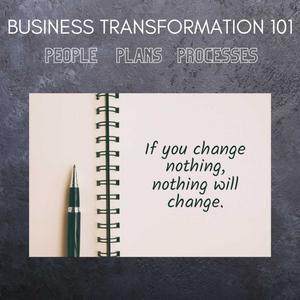
Descarga la app gratuita: radio.net
- Añadir radios y podcasts a favoritos
- Transmisión por Wi-Fi y Bluetooth
- Carplay & Android Auto compatible
- Muchas otras funciones de la app
Descarga la app gratuita: radio.net
- Añadir radios y podcasts a favoritos
- Transmisión por Wi-Fi y Bluetooth
- Carplay & Android Auto compatible
- Muchas otras funciones de la app


Business Transformation 101
Descarga la app,
Escucha.
